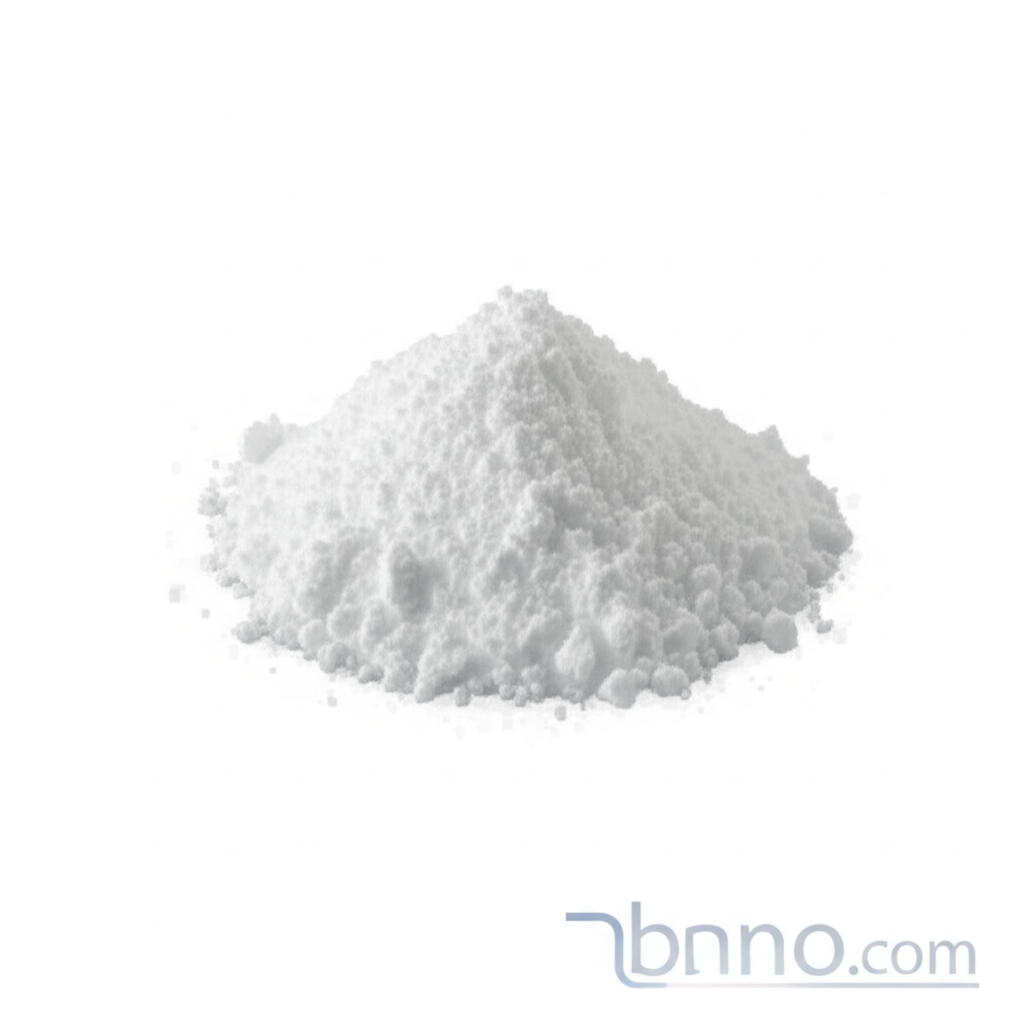Boc-Cys(pMeBzl)-OH: A Protected Amino Acid Derivative for Advanced Peptide Synthesis and Drug Discovery
Unlock the potential of peptide synthesis with this crucial amino acid building block for innovative drug development.
Get a Quote & SampleProduct Core Value

Boc-Cys(pMeBzl)-OH
Boc-Cys(pMeBzl)-OH, also known as Boc-S-4-methylbenzyl-L-cysteine, is a vital protected amino acid derivative widely used in the field of peptide synthesis and drug development. Its protective Boc group allows for precise control during the stepwise assembly of peptide chains, while the 4-methylbenzyl (pMeBzl) side chain offers robust protection for the cysteine thiol group. This makes it an indispensable tool for researchers engaged in creating complex peptides for various applications, including therapeutic agents.
- This protected amino acid derivative serves as a key building block in peptide synthesis, enabling the precise construction of target peptide sequences.
- Its role in drug development is significant, facilitating the creation of novel pharmaceuticals with enhanced efficacy and targeted action.
- Researchers leverage its utility for bioconjugation techniques, crucial for attaching biomolecules in diagnostics and therapeutic applications.
- The compound is instrumental in developing peptide-based therapeutics, contributing to advancements in areas like cancer therapy research.
Key Advantages Provided
Enhanced Synthesis Control
The presence of the Boc protecting group on this amino acid derivative provides chemists with superior control over the synthetic process, minimizing unwanted side reactions and improving overall yield in peptide synthesis.
Improved Peptide Stability
The specific protection offered by the pMeBzl group for the cysteine side chain contributes to the stability of the molecule during synthesis and storage, ensuring reliable results in peptide synthesis.
Versatility in Drug Discovery
This compound is a cornerstone in drug discovery efforts, serving as a versatile intermediate for the synthesis of peptide-based drugs targeting a wide range of diseases.
Key Applications
Peptide Synthesis
Utilized as a fundamental building block in solid-phase and solution-phase peptide synthesis for creating peptides with specific sequences and functionalities, crucial for many peptide synthesis applications.
Drug Development
Plays a critical role in the design and synthesis of novel peptide-based therapeutics, contributing to advancements in drug discovery and development for various medical conditions.
Medicinal Chemistry
Serves as a key intermediate in medicinal chemistry for modifying peptides and developing new drug candidates, often explored for its unique properties in structure-activity relationship studies.
Bioconjugation
Employed in bioconjugation strategies to link peptides to other molecules, facilitating applications in diagnostics, targeted drug delivery, and biomaterial development, making it a valuable bioconjugation reagent.
